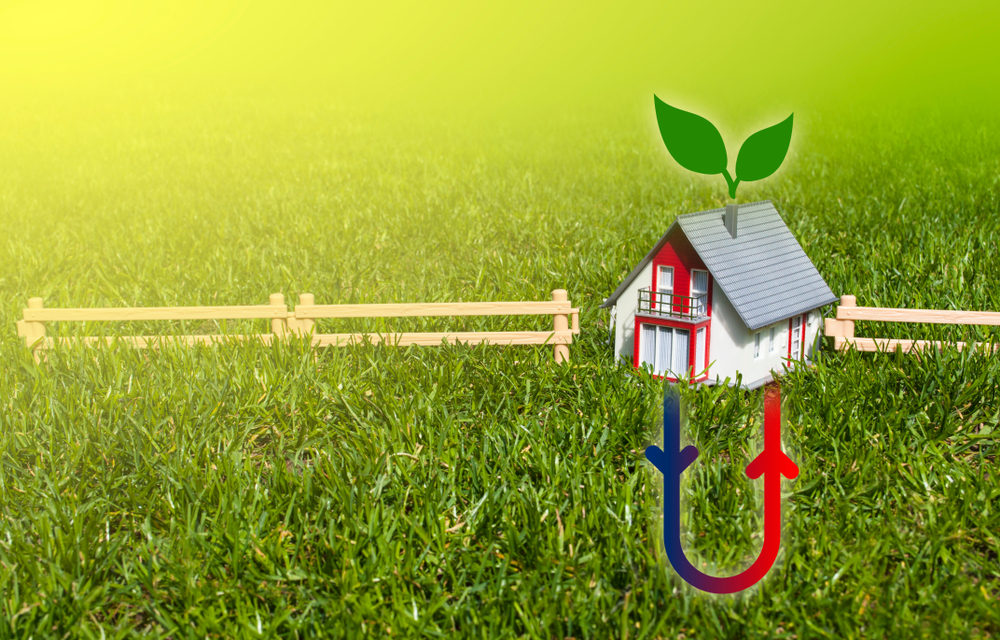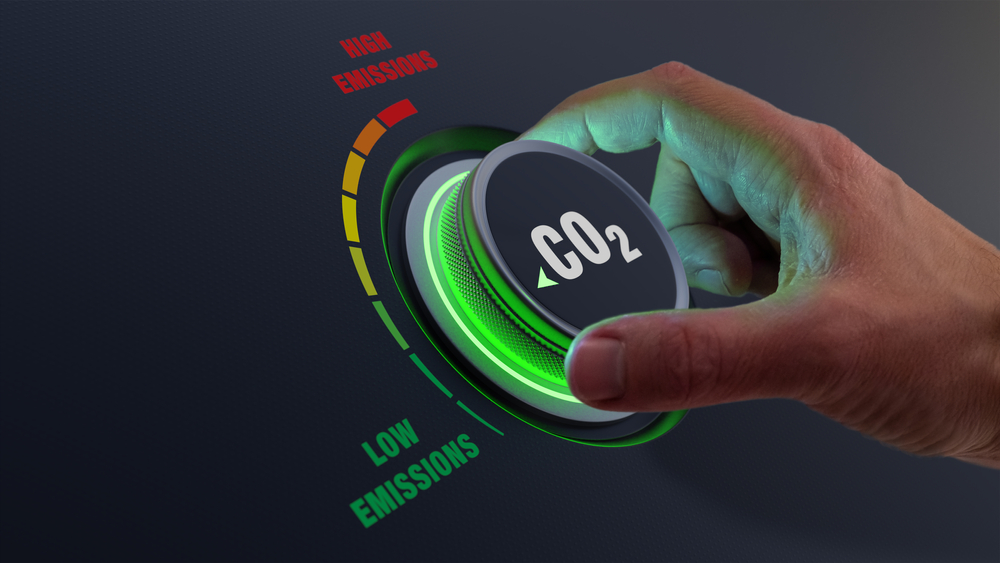What is a Carbon-Neutral Home?
Embracing an energy-efficient home and a greener way of living can have homeowners trying to find new ways to decrease their home’s carbon footprint. Some homeowners upgrade their appliances to energy-efficient options, others invest in solar power, and there are other homeowners who elect to build an ENERGY STAR home.
There are also carbon neutral homes. What is a carbon neutral home? This type of home is sometimes referred to as a net-zero home. This type of home “…generates no net emissions of carbon dioxide.” They can include the following energy efficiency design elements:
- Airtight construction (no air leaks)
- North/south facing windows (to maximize and minimize heat)
- Ground source heating
- Runs on electric (via solar or turbines)
Why an Airtight Construction is Crucial
When a building is built ‘airtight’ this means that air leaks won’t cause energy drains. These homes include high-end insulation to protect the home from any issues related to the outdoor temperatures.
Heating and cooling accounts for the majority of the home’s energy use. To avoid waste, the design of this house must ensure that all energy is utilized in the most efficient way possible.
North/South Facing Windows
During the summer, the home needs to stay cool. In the winter, though, the home needs to hold onto heat. A carbon neutral home might feature windows in the north and south to ensure that the home stays warm during those colder months. However, during warmer months, the home needs to avoid the bright rays of the hot sun.
Proper window placement ensures that the sun’s warmth is utilized when necessary and blocked when it could be detrimental to the energy use of the home.

Ground Source Heating
Using the ground for heat is called ‘geothermal heating.’ These heat pumps help use the ground to keep the home warm in the winter and cooler in the summer. Geothermal heat pumps include pipes installed under the ground. These pipes can be installed in loops, vertically or horizontally. Some of these systems also can be installed in bodies of water (like ponds).
Geothermal heating systems cost more than a standard HVAC, but they are incredibly energy efficient.
Electric vs. Natural Gas
Electricity is considered more energy efficient than natural gas for net-zero emissions. Homeowners can zero out their energy use and become self-sustaining for their electricity by installing solar panels or even a wind turbine.
Both of these options let homeowners harness the power of nature (the sun or wind) to generate energy. In this way, homeowners can live off the grid and enjoy a more sustainable lifestyle.

Other Ways to Zero Out the Carbon Emissions
While homeowners can design a completely net-zero home, all homeowners can take ownership of their carbon footprint and proactively reduce their energy consumption. There are many small steps that can help reduce the home’s energy waste and help homeowners save money, too.
To further reduce energy consumption:
- Upgrade appliances to ENERGY STAR models
- Swap out incandescent bulbs for LED bulbs
- Install motion sensor faucets to decrease water waste
- Recycle at home (sort plastic, glass and paper)
- Adjust the thermostat (68 degrees Fahrenheit in the winter and 78 degrees Fahrenheit in the summer)
- Plant trees (greenery helps reduce carbon dioxide)
- Plant a garden (growing fruits and vegetables can help homeowners reduce their dependence on stores)
- Choose energy-efficient windows (when windows need to be replaced)
Not Sure Why Energy Costs are Rising?
Some homeowners might notice that their electricity bill or their natural gas bill is higher than normal. In the absence of a rate increase, homeowners might simply be using more energy. The question they need to answer is: why?
During extreme hot or cold months, the HVAC will work harder. However, homeowners can help take the pressure off the HVAC by adjusting the thermostat. In addition, poor insulation also could cause the home to become warmer or colder. When the insulation is the suspected culprit, it’s time to call in a professional.
There also could be other little energy drains around the home. Check the doors for leaks. Check around the windows. Homeowners might opt to add an insulation film over windows for added protection against the elements.
Does an exterior door include a small door for pets to come and go? That pet door could need an upgrade. Homeowners can investigate energy-efficient pet doors to help eliminate any energy leaks caused from these small exits.
Sometimes, though, homeowners might be at a loss as to why their costs are soaring. Homeowners can download the benefyd app to help them conduct a home energy audit.
benefyd will guide homeowners to add energy use data and take a photo of each room in the home. The app will identify any energy drains in the home so homeowners can take steps to lower their energy use and decrease their costs. With benefyd, homeowners can help decrease their carbon footprint and live more sustainably.


